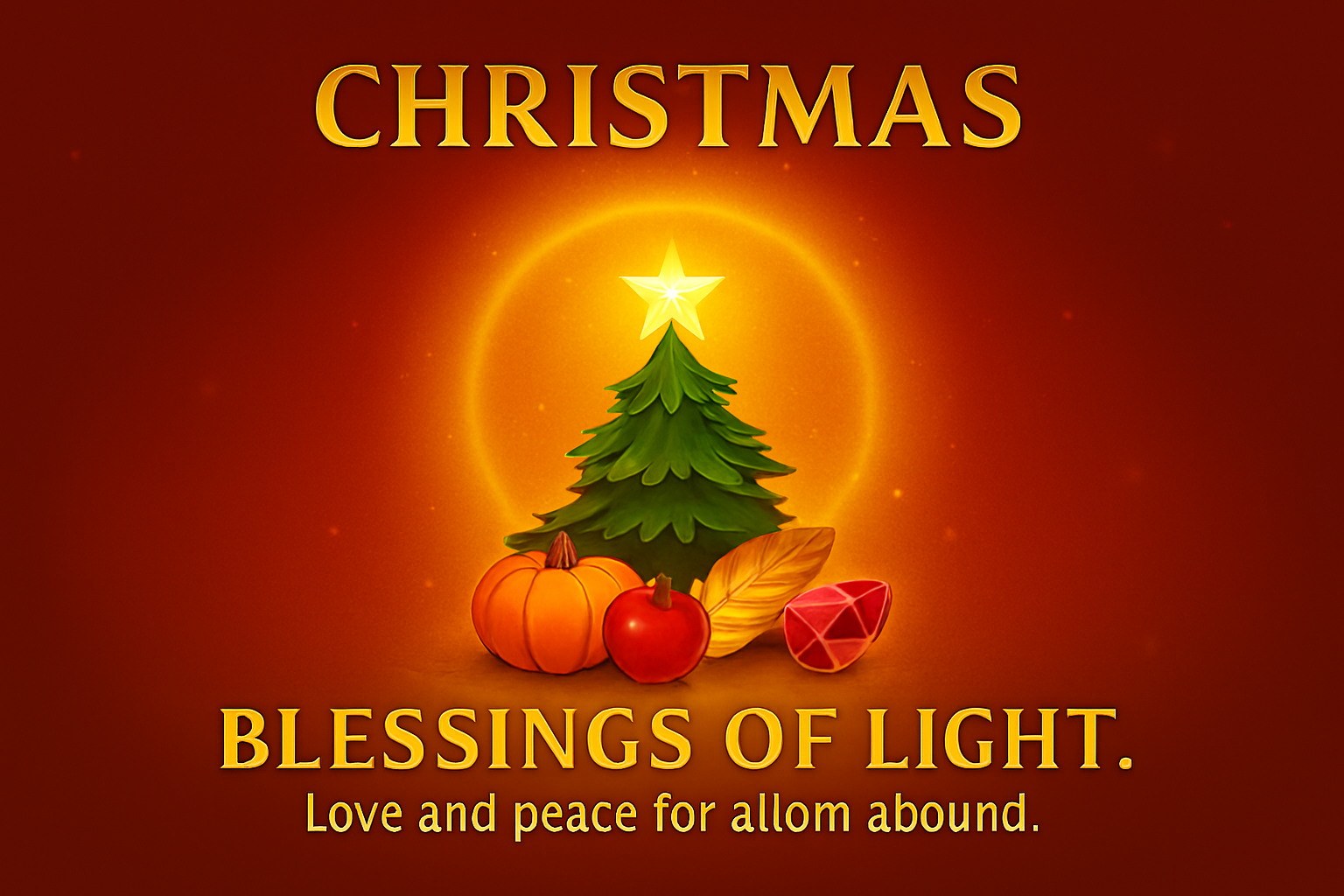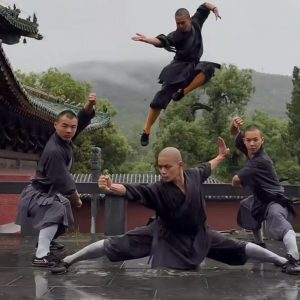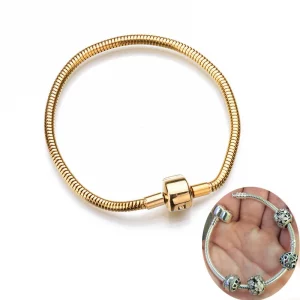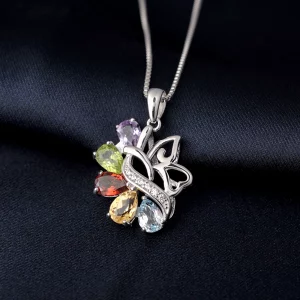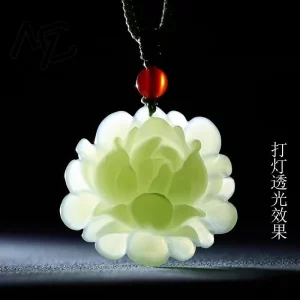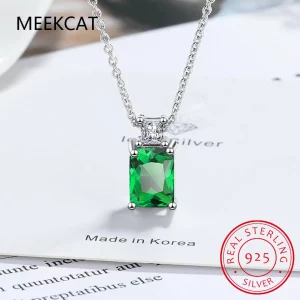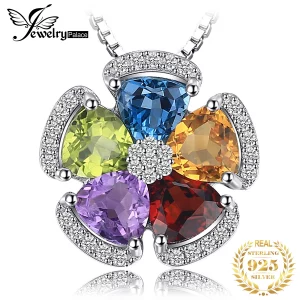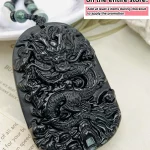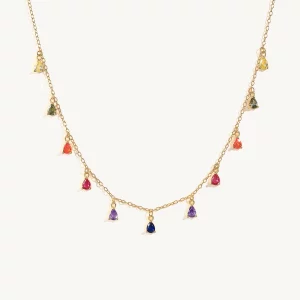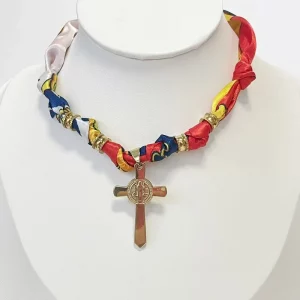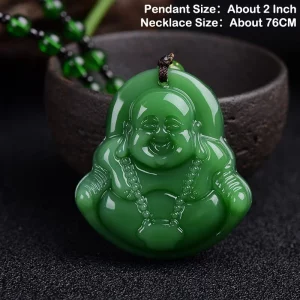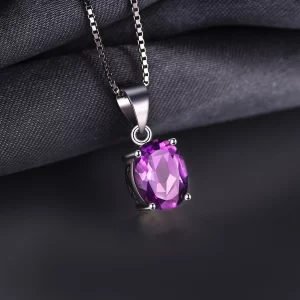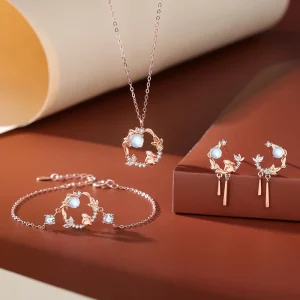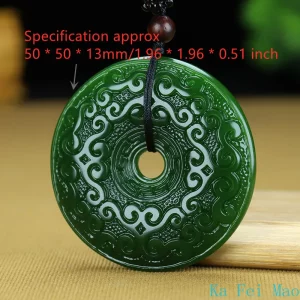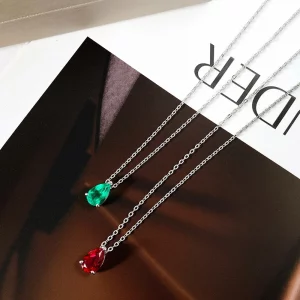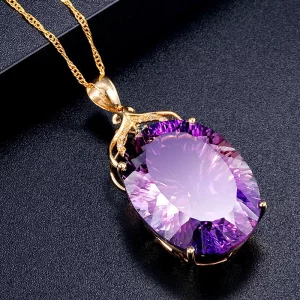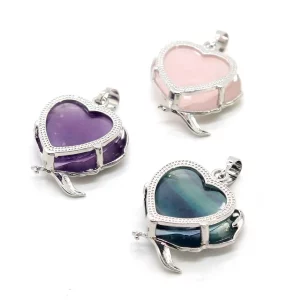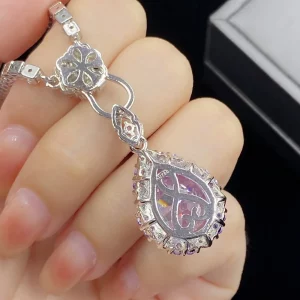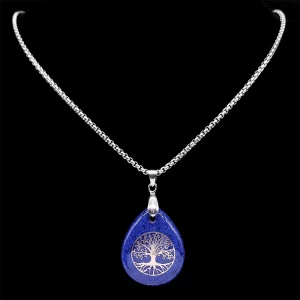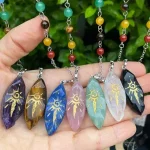🔥 Eight Flames, Eight Intentions: Lighting the Path of Renewal
Introduction — The Power of Eight
Across cultures, the number eight carries deep resonance: infinity turned sideways, balance between heaven and earth, prosperity and renewal. When paired with flame, it becomes a symbol of intention—each light a promise, each spark a seed of transformation. The Eight Flames, Eight Intentions ritual is about more than candles; it is about aligning our inner fire with the universal rhythm of abundance and renewal.
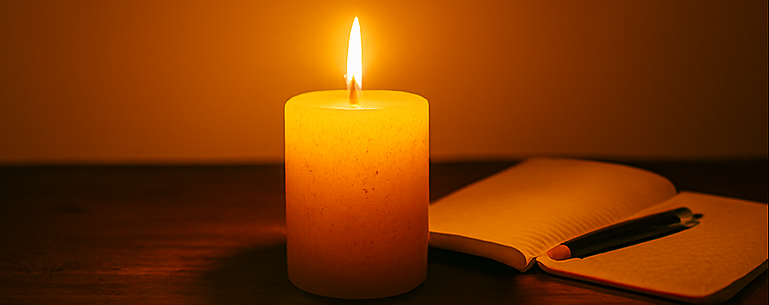
1. Flame of Gratitude: Honoring What Already Is
The first flame is gratitude, the foundation of all abundance. In every tradition, giving thanks precedes receiving. In Native American ceremonies, gratitude is offered to the four directions before any prayer. In Hindu puja, offerings of flowers and light begin with words of thanks. Modern psychology confirms that gratitude rewires the brain, shifting focus from scarcity to sufficiency. Lighting this flame at home can be as simple as naming three blessings aloud, or writing them in a journal as the candle flickers. The flame of gratitude reminds us that what we already have is enough, and that abundance grows when acknowledged.
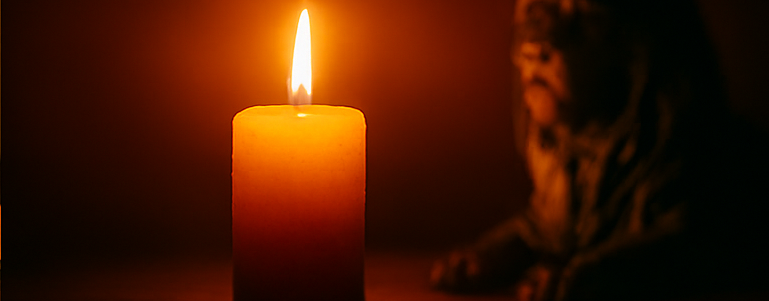
2. Flame of Courage: Facing Shadows with Strength
The second flame is courage, the fire that transforms fear into action. In Buddhist practice, courage is the lion’s roar—the fearless declaration of truth. In warrior traditions worldwide, fire rituals were used to summon bravery before battle. Today, courage may not mean combat but the willingness to speak honestly, to take risks, to step into the unknown. Lighting this flame is an act of empowerment: whispering an intention of strength, standing tall before the candle, or even writing down a fear and burning it safely in the flame. The flame of courage teaches us that fear is not an enemy but a teacher, and that true strength is born in vulnerability.
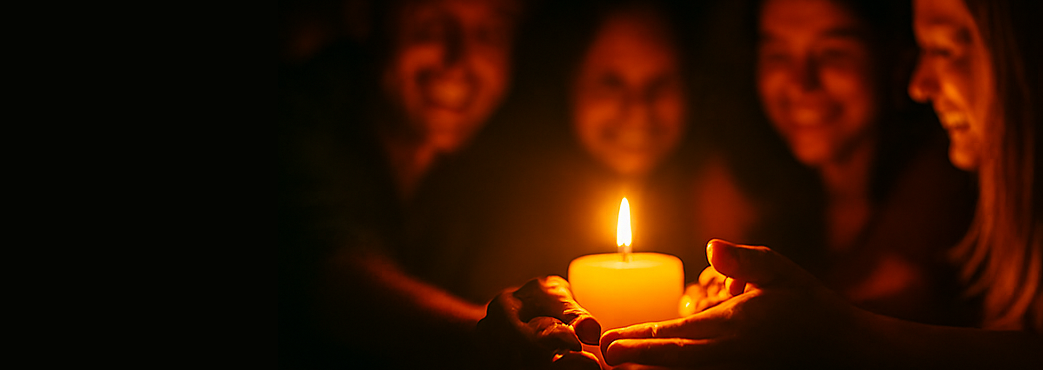
3. Flame of Connection: Weaving Bonds of Love and Community
The third flame is connection, the light that bridges hearts. In Jewish tradition, the menorah’s flames are lit not only for remembrance but for community, each candle amplifying the others. In African Kwanzaa, the kinara’s candles represent unity and collective purpose. In modern gatherings, a single candle passed hand to hand becomes a chain of light, binding individuals into one circle. Lighting this flame at home can mean inviting loved ones to share intentions, or simply placing the candle where family gathers. The flame of connection reminds us that no light shines alone, and that our strength multiplies when shared.

4. Flame of Renewal: Inviting Transformation and Growth
The fourth flame is renewal, the spark of rebirth. In Daoist rituals, fire is used to burn away stagnant energy, clearing space for fresh qi. In Christian Easter vigils, the Paschal candle symbolizes resurrection and new beginnings. In countless folk traditions, fire festivals mark the turning of seasons, burning away the old to welcome the new. Lighting this flame is a declaration of readiness: to release what no longer serves, to embrace change, to step into growth. At home, this may mean writing down an old habit, burning it safely, and then speaking aloud a new intention. The flame of renewal reminds us that endings are beginnings in disguise, and that every spark carries the promise of transformation.
Conclusion — Eight Flames, One Heart
The Eight Flames, Eight Intentions ritual is not about the number alone but about the journey: gratitude, courage, connection, renewal, and beyond. Each flame is a mirror of the soul, each intention a step toward wholeness. When we light them together, we create not only brightness in our homes but clarity in our hearts. Eight flames, eight intentions—one path, one heart, one infinite light.
Sacred Tools, Everyday Treasures
Every ritual deserves its tools. Our collection blends tradition with modern design, offering treasures that turn daily moments into living rituals.

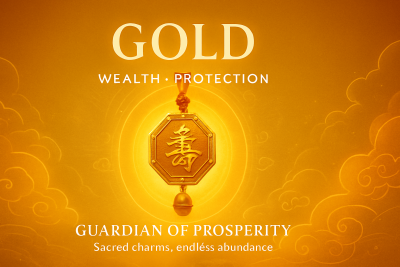

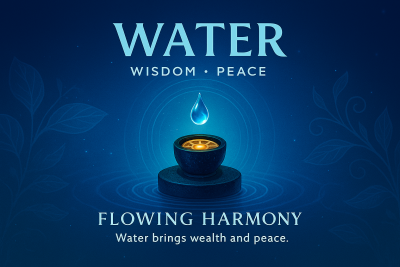

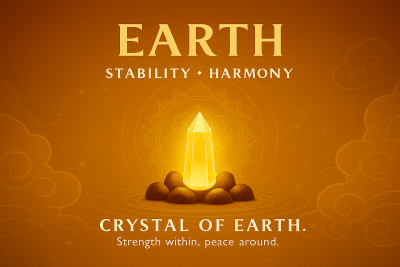
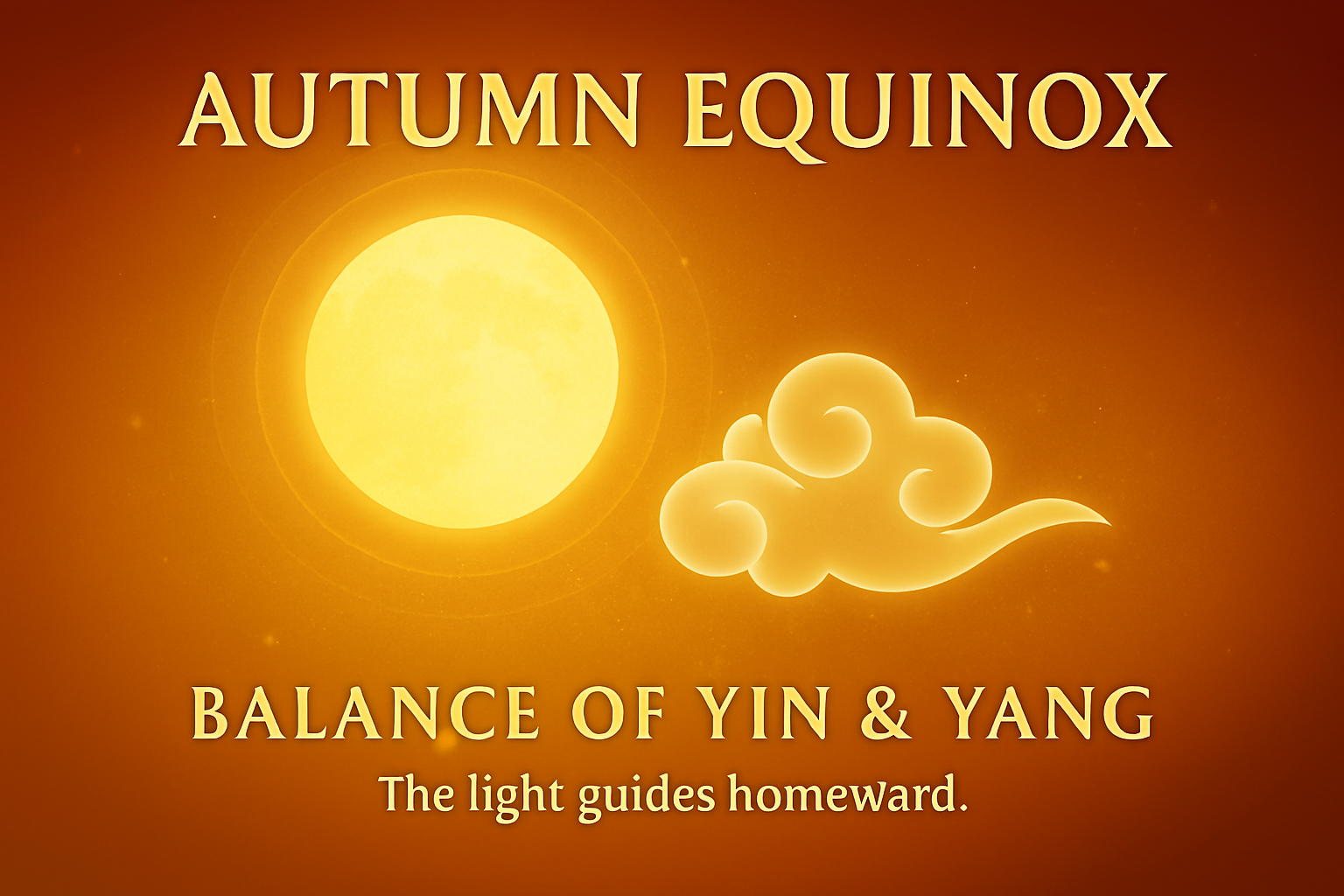
.png)
.png)
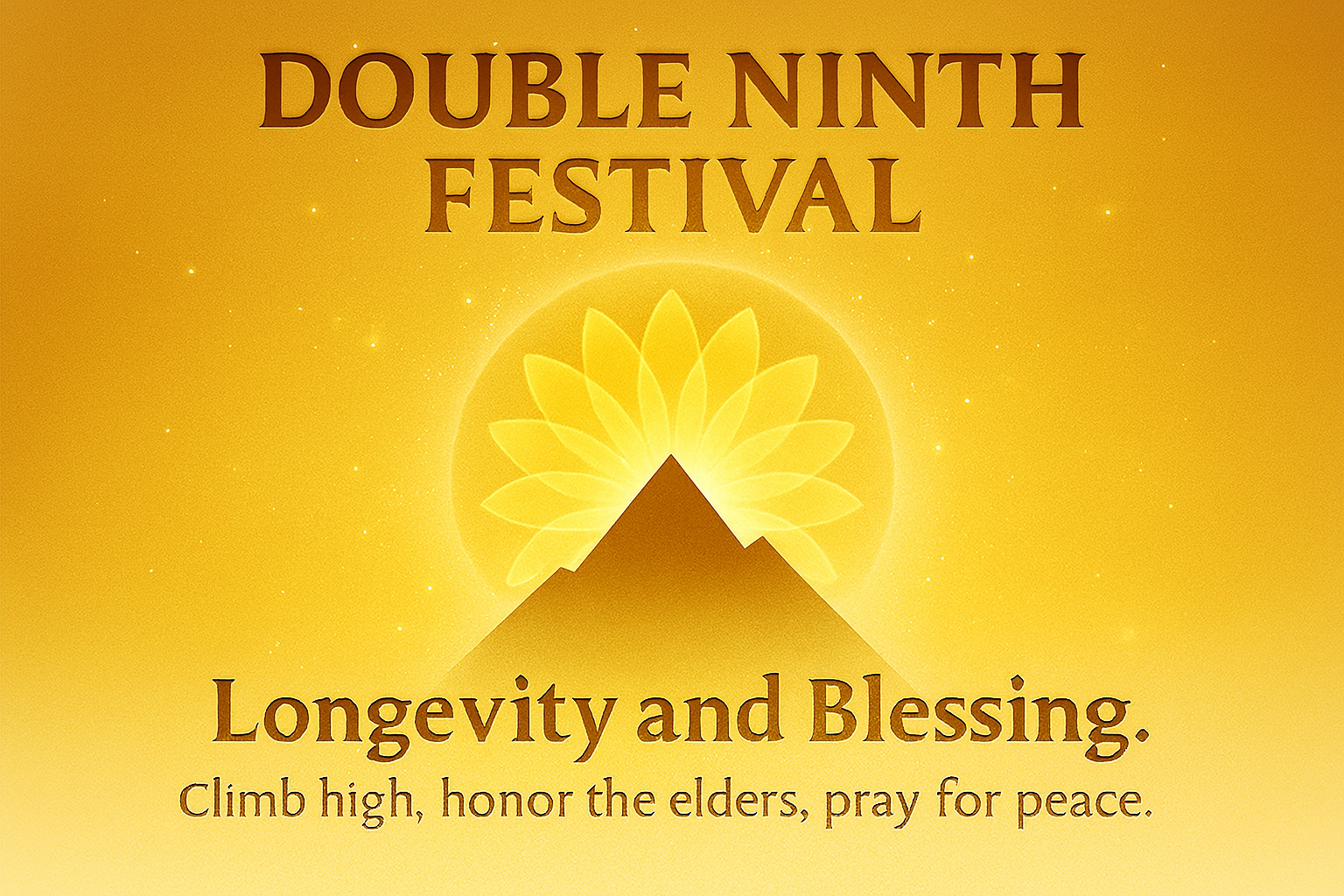
.png)
.png)
.png)
.png)
.png)
